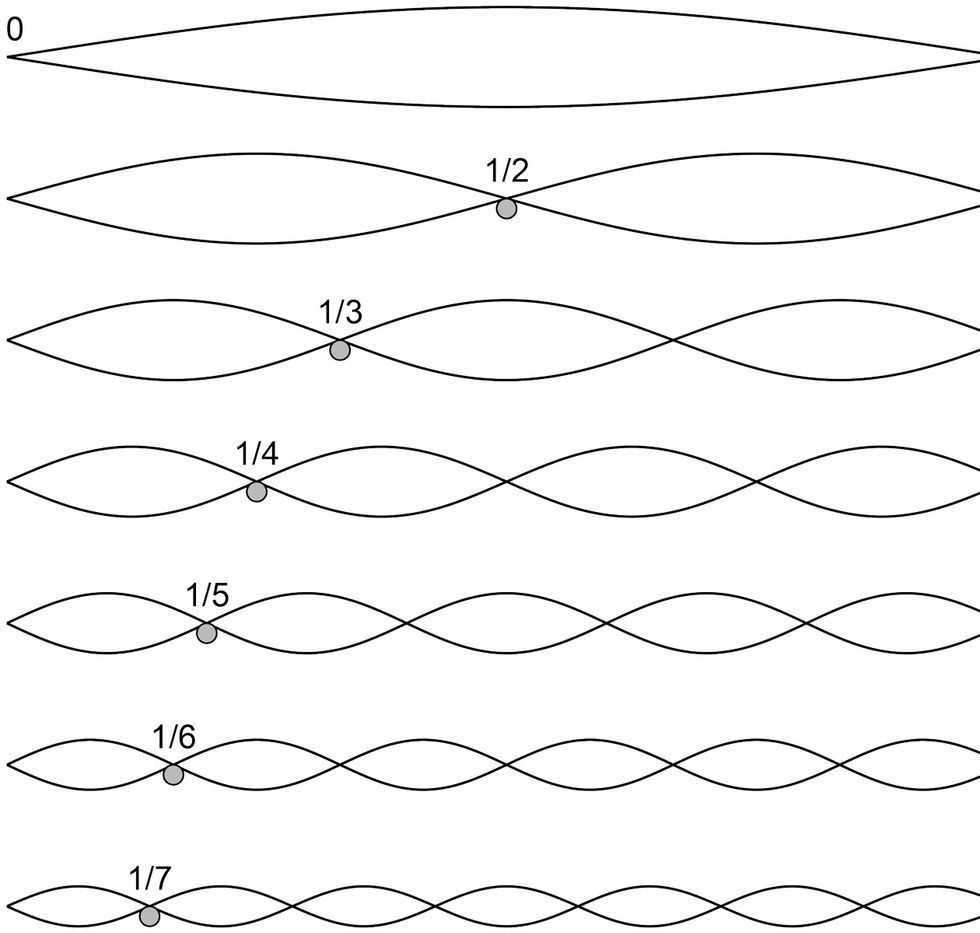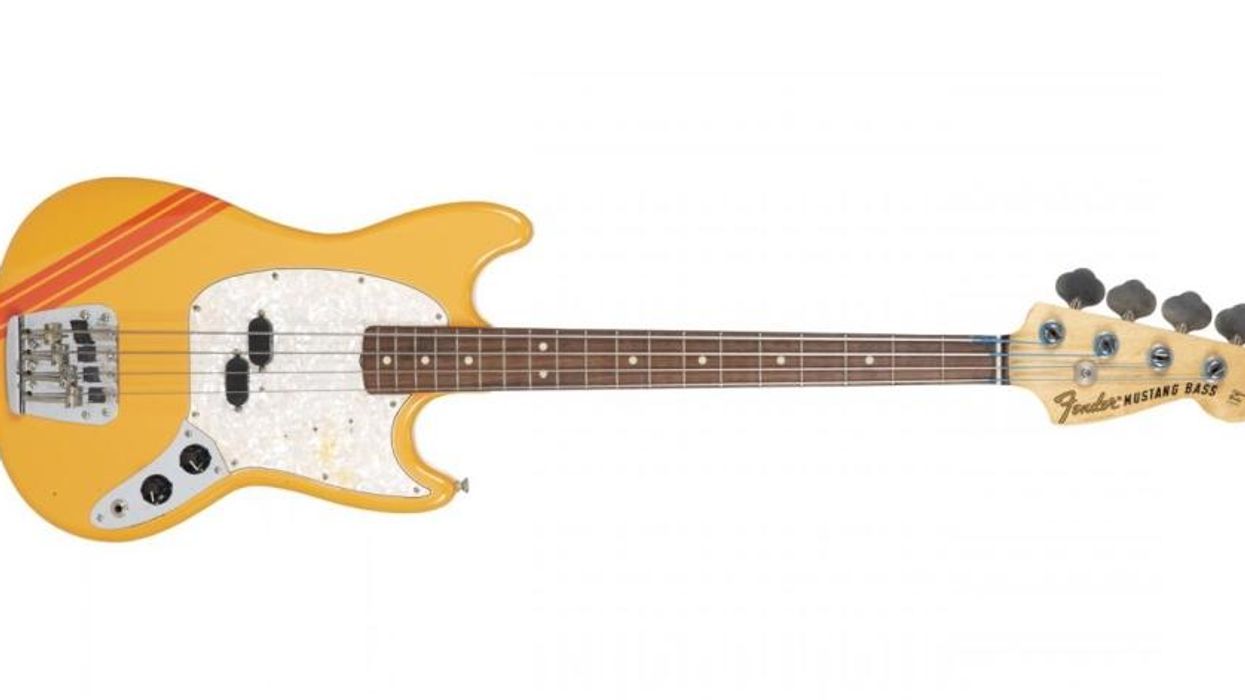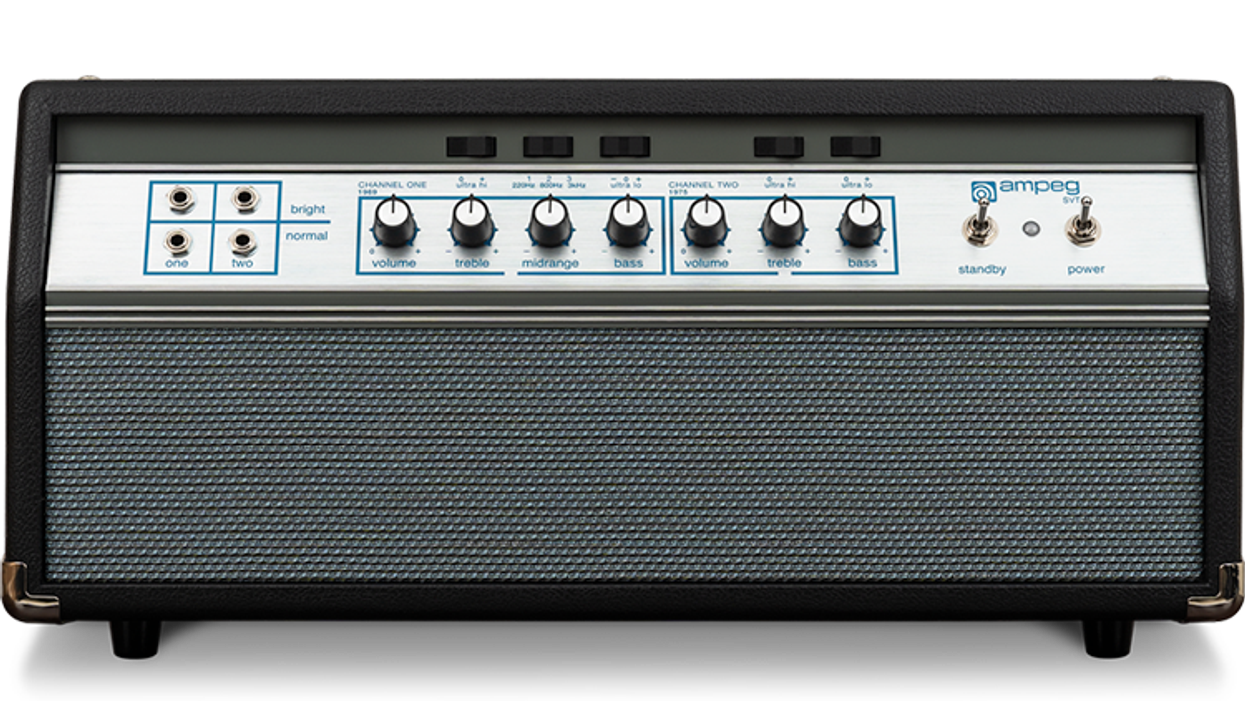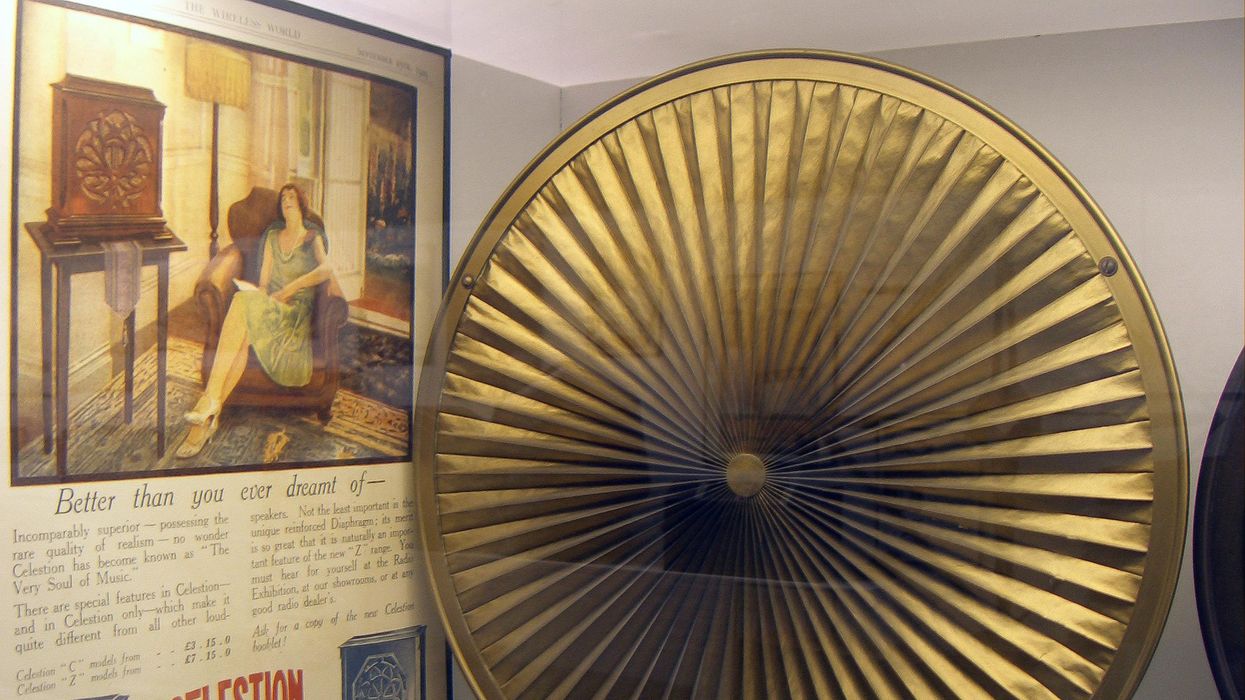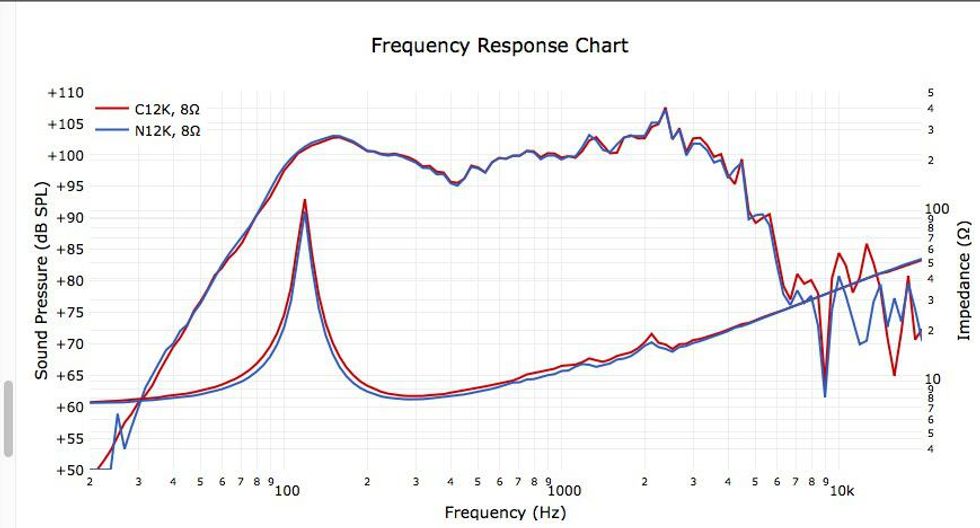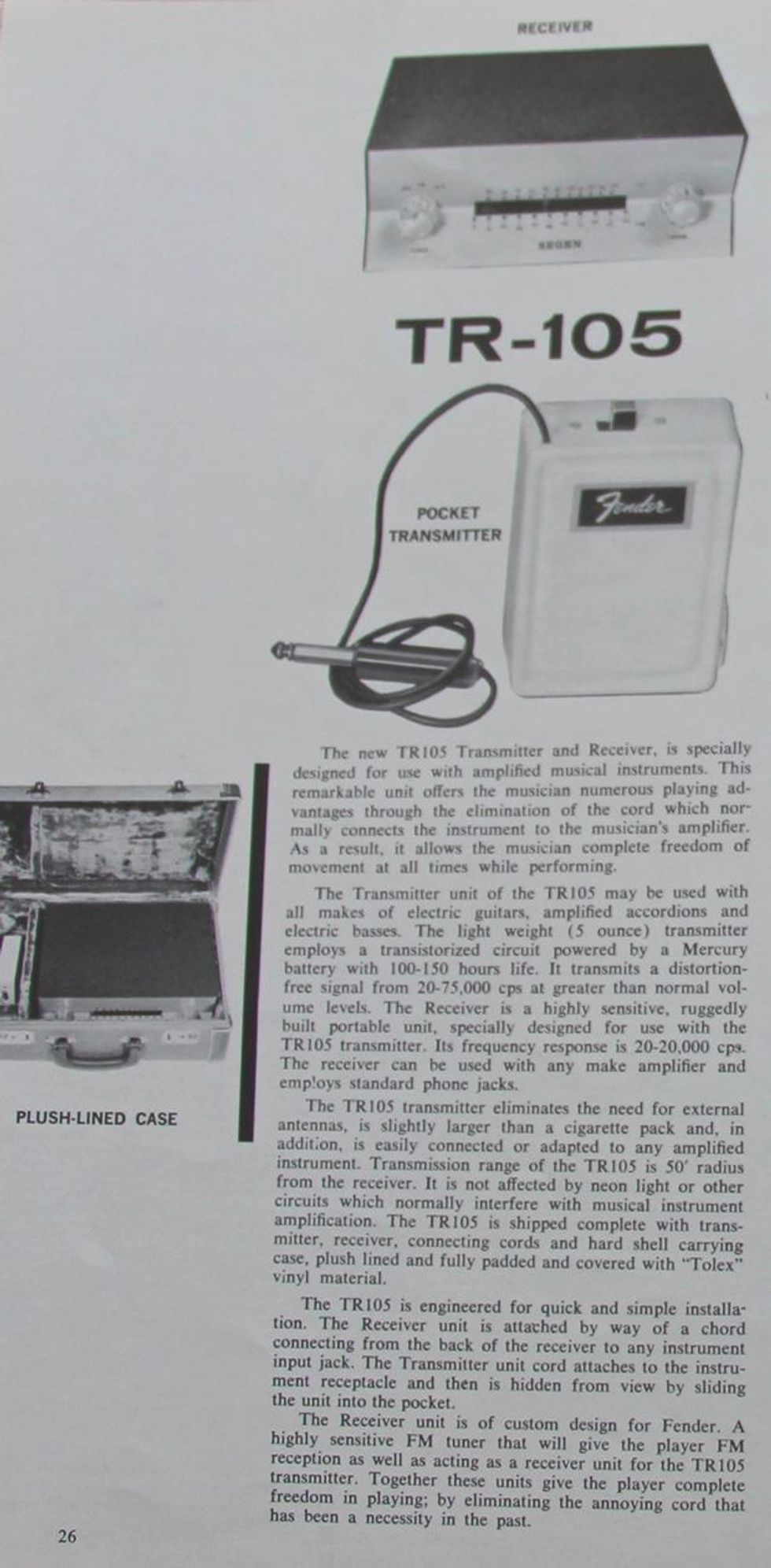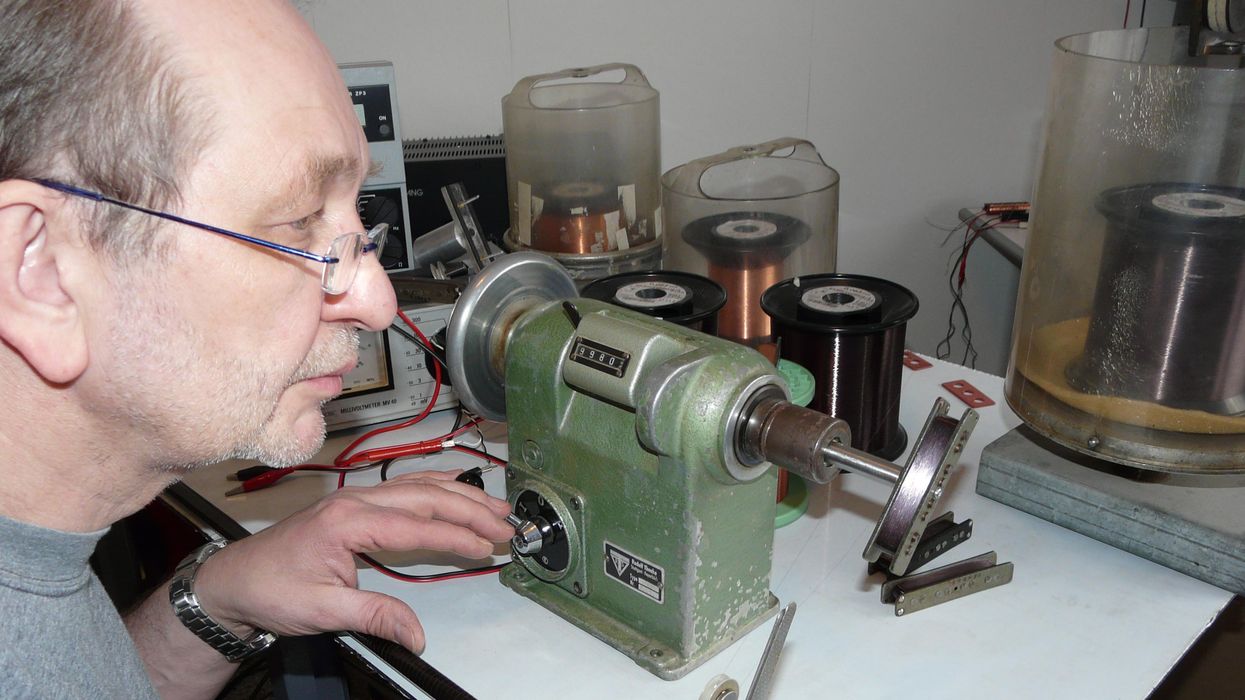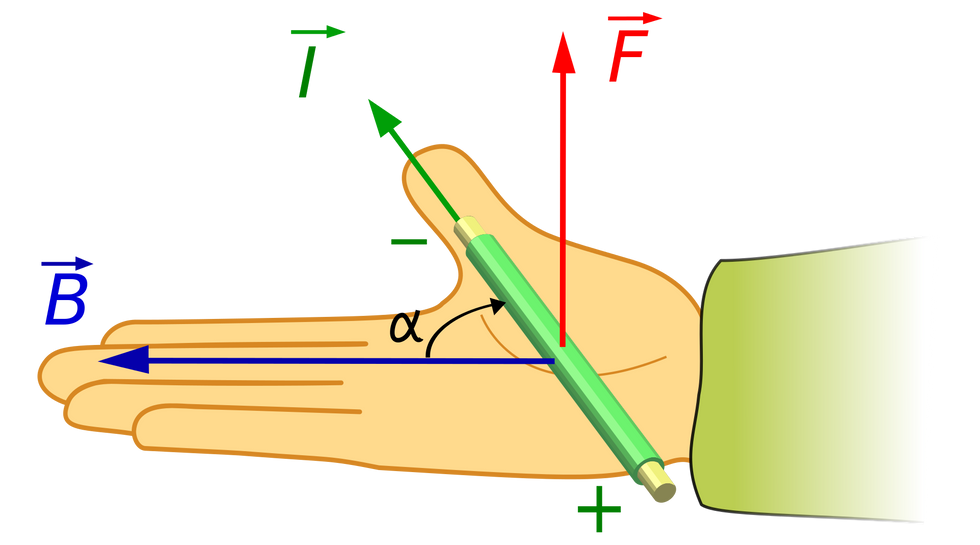We all know what happens when strings—especially roundwounds—get old, right? You can read thousands of explanations of how dirt, corrosion, and material fatigue cause the strings not only to lose sustain, but especially huge amounts of their upper frequencies. For years, I’ve failed to truly understand what causes these tonal changes because I have yet to find a real explanation, one that’s not just a rehash of the obvious. It’s clear this must have something to do with a combination of the aforementioned factors, because nothing other than oxygen, dirt, and tension is involved. What harm could any of these do to our strings?
Dirt. There are those who speculate dirt collects in tiny perforations in the string, essentially the nanostructural roughness of its surface. This is where some players intuit a string’s upper harmonics originate. Even though it’s hard to accept a relationship between microscopic holes and frequency, we’re also typically dealing with non-magnetic dirt. Fill those perforations and a string’s magnetic behavior is still the same—unless it’s diamagnetic, paramagnetic, or ferromagnetic dirt, like ferrous dried blood. The extra mass of dirt might slightly alter the basic vibrating frequency, but that’s it.
Corrosion. Rust, on the other hand, could affect magnetic behavior because oxidized metal can and normally will have different magnetic properties. Still, we can perceive upper harmonics beginning to disappear after only a few hours of playing, and it’s just not realistic to think that steel corrodes that fast. Some of us don’t change strings for years; if strings were to corrode in a matter of hours, we’d need to sweep up their remains after a very short time.
about 20 to 40 pounds.
Material fatigue. Our strings have either a round or polygonal steel core, which we expose to a force comparative to the weight of about 20 to 40 pounds. That’s not enough to exceed the elastic boundaries of steel and cause plastic deformation, even when we pop our strings. This force slightly stretches a string over time, but in no way changes its basic structure.
Loose and damaged outer windings. It’s rare, but sometimes a new string comes with a loose winding—the result of a manufacturing glitch. A loose winding can produce an additional high note, similar to a buzzing fret, with the difference being that its pitch is almost independent of the note you’re playing. But this is not what we hear from old strings!
Finally, there’s the idea that damaged windings cause tonal aging. As you’ve probably observed, by repeatedly pressing a string against the frets, we flatten the outer winding above each fret. These interruptions in the uniformity of the material cause a string’s vibrations to be disrupted at each of these points, reducing sustain. This seems like a recipe for vibrational chaos, but not an explanation for high-end loss. But maybe we’ll find one where we can observe dirt buildup—at the windings.
Every vibration of a string causes it to bend, and Image 1 shows the forces in the cross section of a string being bent. It’s much like the pictures of classic “beam bending” in technical mechanics: In the center, there’s the so-called neutral fiber, while both peripheral areas experience the greatest expansion and compression.
Vibrational modes of fundamental and upper harmonics. Images courtesy of wikimedia commons.
The basic fundamental vibration mode shown in Image 2 bends the string at a radius that’s close to its scale length. With a radius that large, the movements at the interstices—the dirt-trapping windings—are at a minimum and so is the “dirt dampening” that can affect vibration. The second vibrational mode is close to half of that radius. This greater bend increases movement at the interstices. The higher the frequency, the smaller the radius, and the stronger the expansion and compression … and the greater the potential for dampening when dirt interferes with this motion. In other words, this continues to worsen for all the higher modes, causing a loss in the upper frequencies. (Of course, amplitude also plays a role, but frequency is sufficient to understand the effect.) Once the string gets dirty enough, this dampening even affects the sustain of the fundamental.
New coated strings don’t sound as bright as new uncoated ones for the same reason. There’s a build-up of softer material on the whole string, including the interstices. This material is typically a coating of PTFE, also known as Teflon, that prevents dirt from adhering to the interstices until the coating gets damaged.
So ultimately, dirt, corrosion, and damaged windings cause aging, but it’s the special position of the interstices—and the dirt that interferes with their movements when vibrating—that explains high-frequency dampening.




